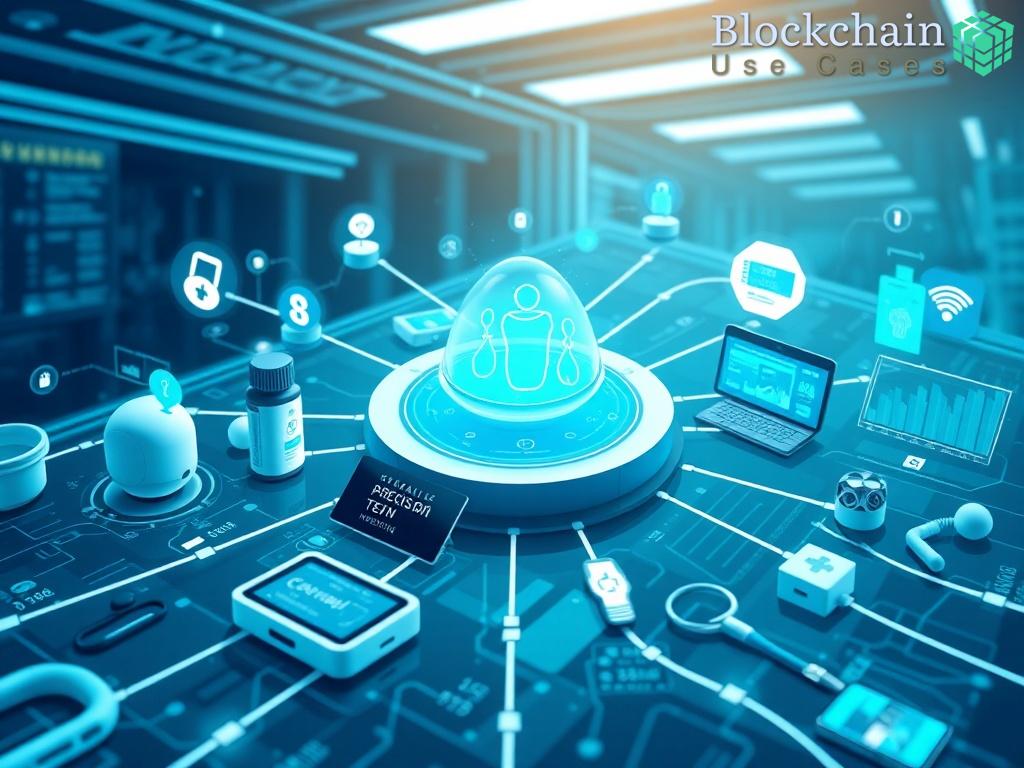Enhancing Data Security through Decentralization

The Internet of Things (IoT) has revolutionized the way we interact with technology, but with this increased connectivity comes significant vulnerabilities. Data tampering poses a severe risk to the integrity of IoT systems. Blockchain technology emerges as a formidable ally in the quest for enhanced security by decentralizing data management. This shift eliminates single points of failure and provides a robust framework where data can be recorded, verified, and shared securely.
By leveraging the immutable nature of blockchain, organizations can ensure that once data is recorded, it cannot be altered without consensus from the network. This decentralization creates an environment where IoT devices can communicate with each other without the fear of data manipulation, fostering trust and reliability.
Immutable Records as a Shield Against Tampering
Imagine a world where every piece of data generated by IoT devices is securely locked in a blockchain ledger, making it virtually impossible for malicious actors to alter or delete it. Blockchain’s immutable records serve as a shield against tampering, ensuring that the data’s origin and history are transparent and traceable.
With each transaction recorded on a public or private blockchain, every change is logged sequentially. This transparency not only deters potential tampering but also provides a forensic trail that can be invaluable in case of disputes or audits. The blockchain’s consensus mechanism ensures that all network participants agree on the state of the data, further safeguarding its integrity.
Key Benefits of Integrating Blockchain with IoT
As industries continue to adopt IoT technologies, the integration of blockchain offers several compelling advantages that can redefine how we think about data integrity:
- Improved Security: The decentralized nature of blockchain reduces the risk of centralized data breaches.
- Enhanced Transparency: All stakeholders can access a single source of truth, fostering accountability.
- Streamlined Processes: Smart contracts automate verification processes, reducing the need for intermediaries.
- Cost Efficiency: By minimizing the risk of fraud and data manipulation, organizations can save on compliance and litigation costs.
This combination of blockchain and IoT not only secures data but also improves operational efficiencies, making it a game-changer in various sectors, from healthcare to supply chain management.


















